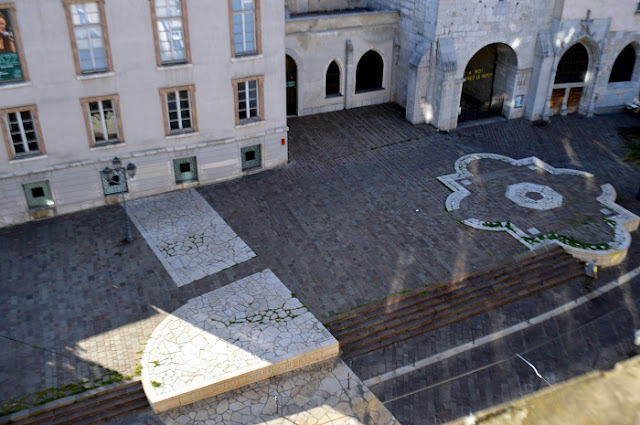Musee de l'Ancien Eveche | The funerary stele of Caius Sollius Marculus

< Back to Table of Contents As the visitor moves through the basement level of Grenoble’s Musee de l'Ancien Eveche they will pass this rather remarkable funeral stele. It dates to the end of the second century AD and commemorates a tax collector, Caius Sollius Marculus. At this time Grenoble was known as Cularo and contained a tax office specifically for the collection of the “quarantième des Gaules”, a 2.5% levy on all goods in transit. The stele is not simply important for the light it sheds on the financial history of Gaul and the Empire, but it this is the earliest documented reference to the city name: ‘Cularo’. Note: ‘quarantième’ is translated as ‘fortieth’, and one-fortieth is equivalent to 2.5% The stele as photographed in 2003



